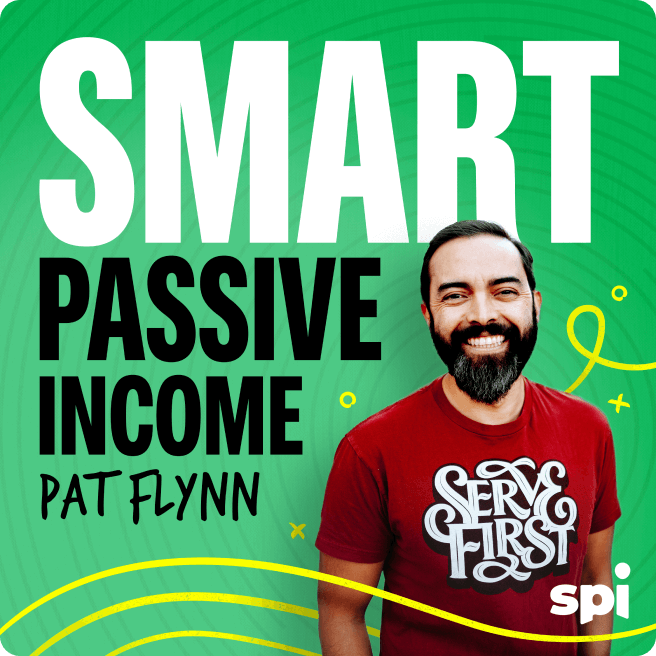Many of the guests on this show are people I know personally. Today’s guest, however, comes to me by way of crowdsourcing. Arvid Kahl is someone who was recommended by several of the members of Team SPI, and I couldn’t be happier that they did.
Arvid is one of the most fascinating people I’ve met in a long time. He’s a software engineer and entrepreneur who’s been building businesses the right way. What do I mean by that? Well, everything that I’ve talked about in terms of finding an audience you can serve and figuring out what they need? Arvid is doing it about as well as anybody out there, and he’s going to tell us all about it today.
This is going to be a really great episode because we’re going to be going, almost from start to finish, from building an audience, to learning about that audience, and building something for that audience. You’re going to learn a number of powerful principles and strategies that’ll help you get started building a following, a community, and a business today.
Today’s Guest
Arvid Kahl
Arvid Kahl is a software engineer, entrepreneur, and writer who has been building (for) his audience successfully for years. He built a SaaS business to $55,000 monthly recurring revenue with his partner, Danielle Simpson. They sold the business for a life-changing amount of money within two years. Arvid wrote the bestselling book Zero to Sold while building a loyal following of tens of thousands on Twitter.
You’ll Learn
- How Arvid and his partner bootstrapped their first business, got it to $55,000 monthly recurring revenue, and sold it
- How software as a service (SaaS) could fit into the mix as you’re thinking about what kind of business to build
- The mental health wake-up call Arvid experienced early on, and how it changed his whole approach
- Why so many founders end up issuing the dreaded lament, “I built this, and nobody wants it.”
- Arvid’s super detailed strategy for finding your audience and understanding their needs
- How Arvid wrote a book with the help of more than 500 readers
- Arvid’s and Pat’s stories of building software products the wrong way, and what they both learned from it
- Where no-code tools can fit into your product plan
Resources
Zero to Sold, Arvid’s first book about building a bootstrapped business
The Embedded Entrepreneur, Arvid’s second book about building an audience-driven business





